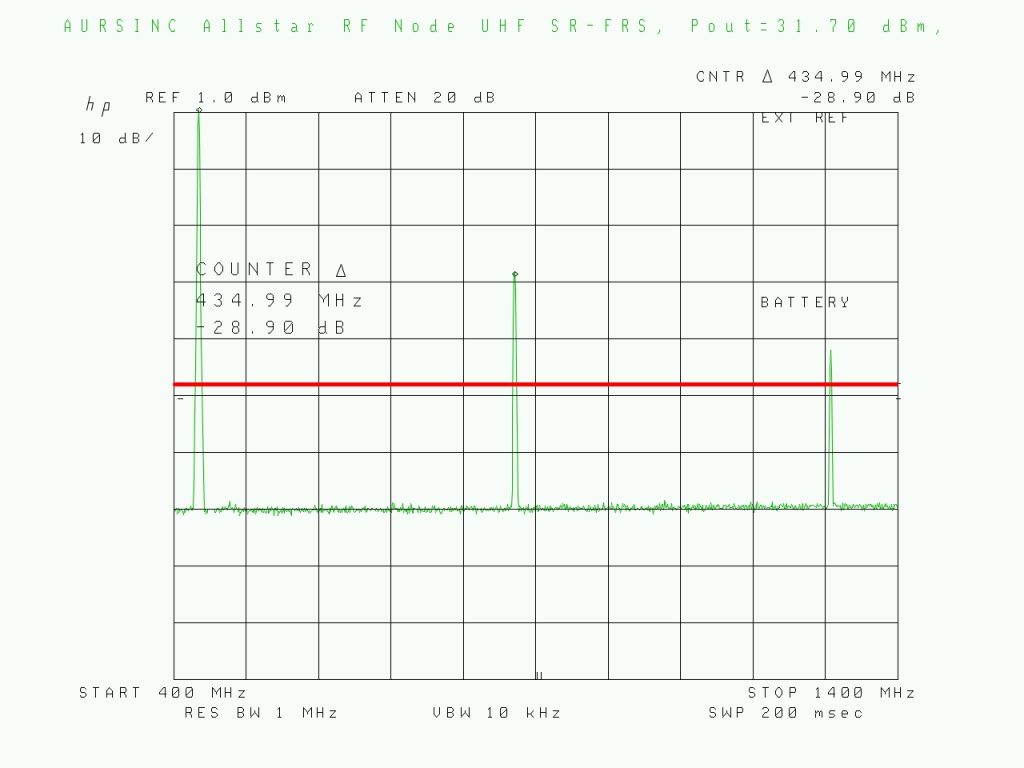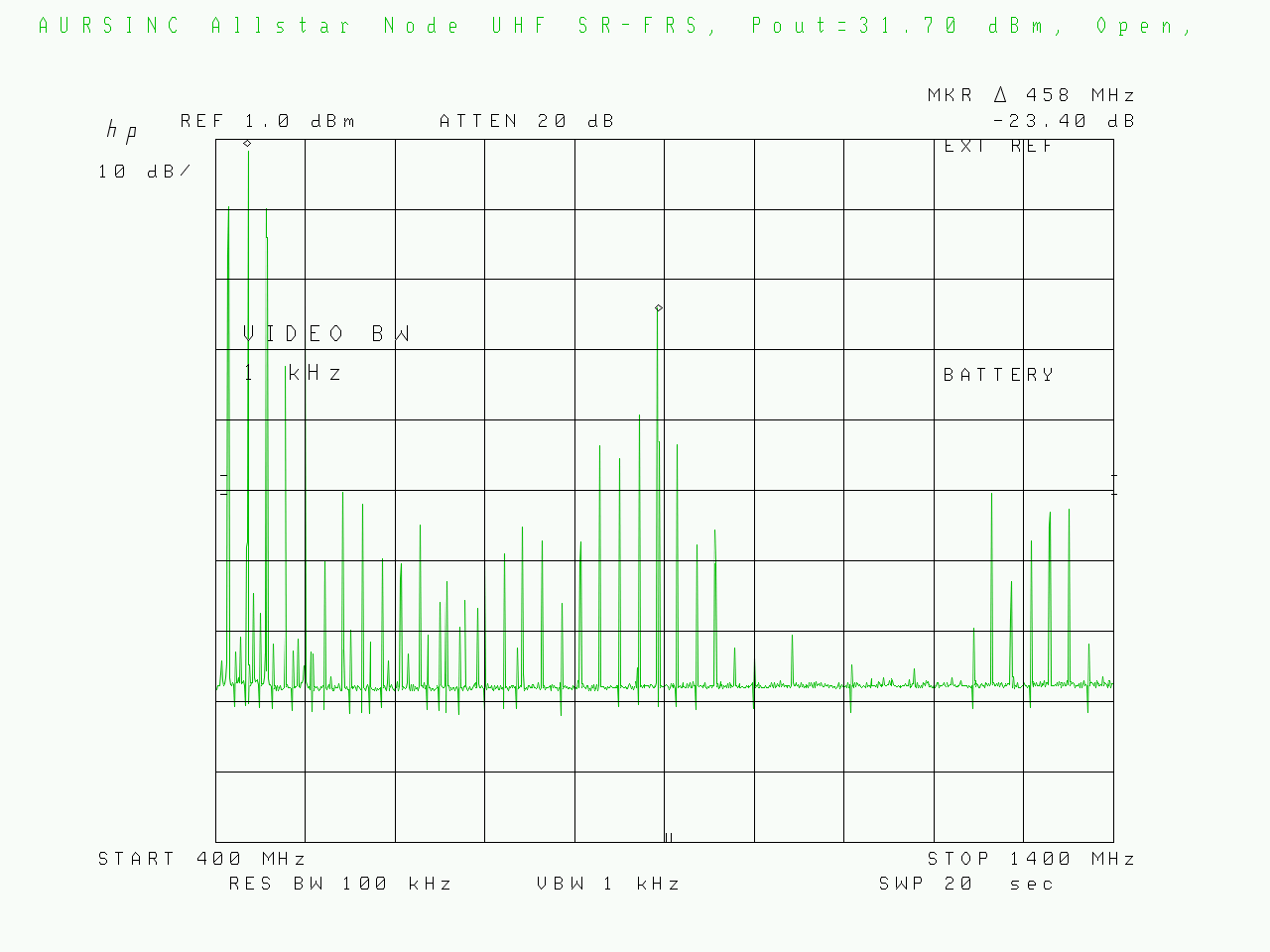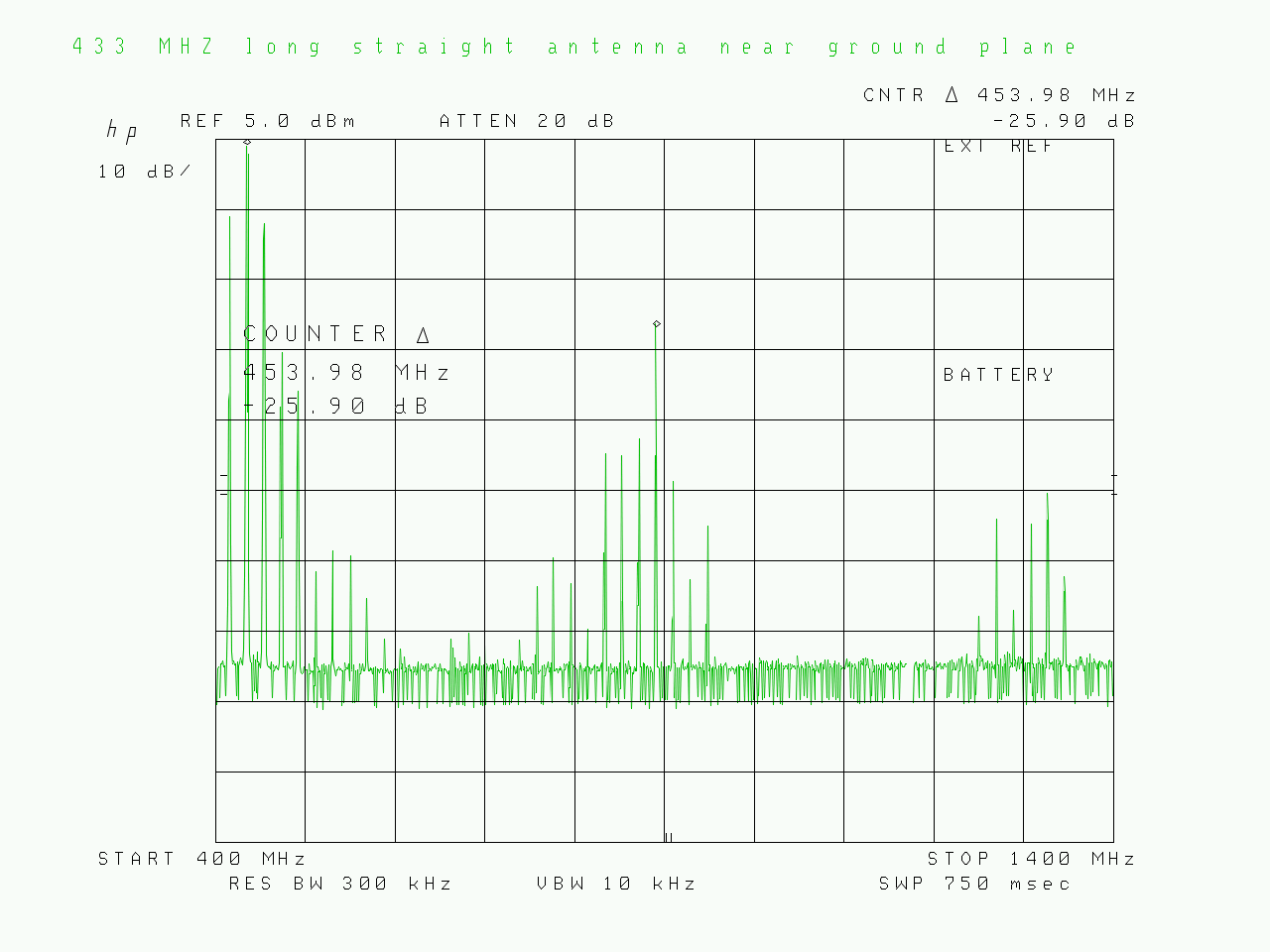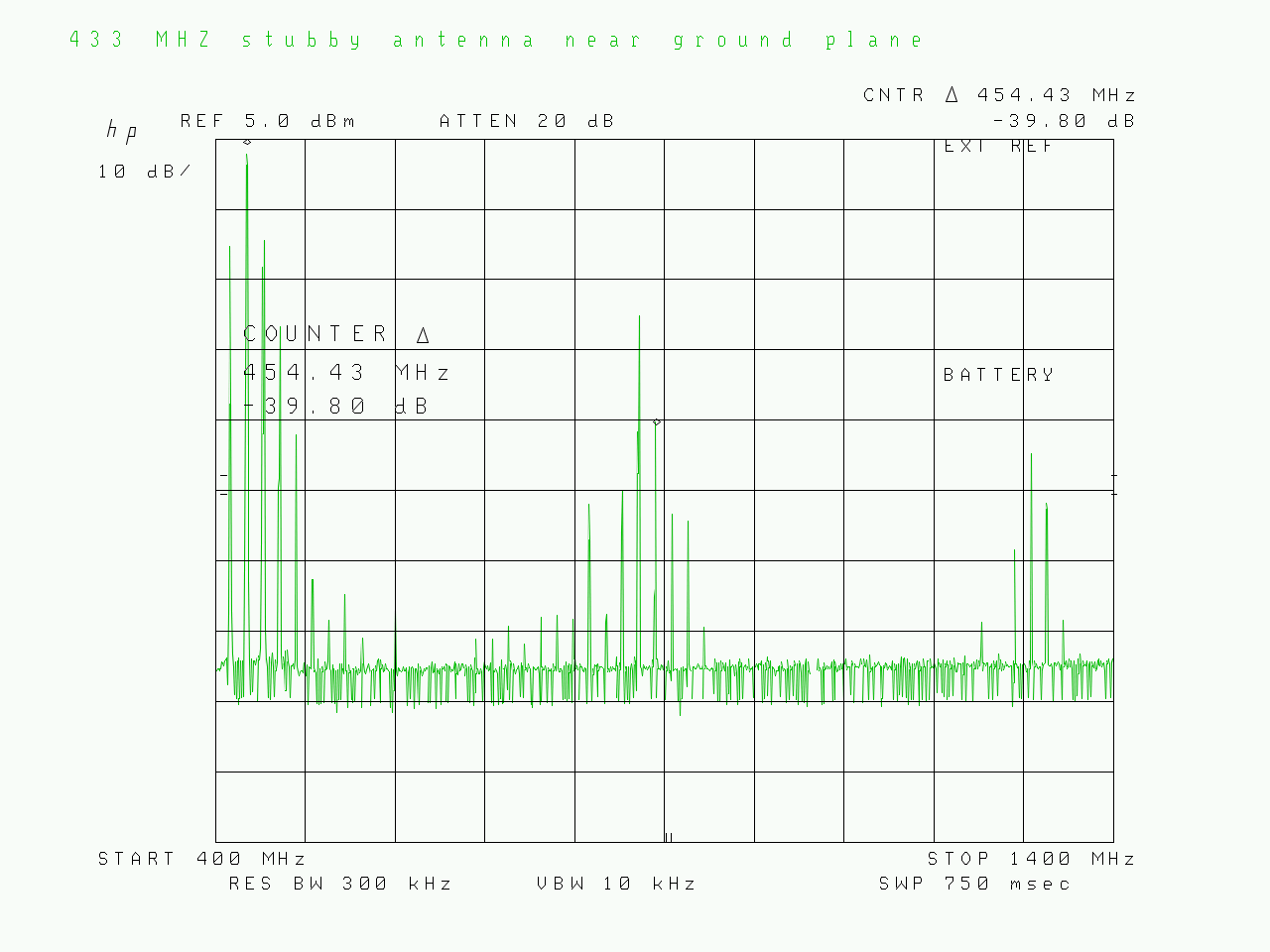Several years ago N8AR created the SHARI PiXX Allstar node. It is being sold by Kits 4 Hams in both kit and fully built configurations. SHARI by Kits 4 Hams
AURSINC is a Chinese Amazon seller who cloned the SHARI Pi3U design several years ago and is selling it via Amazon, AliExpress and Ebay. AURSINC SHARI Chinese clone in Amazon. They have now created a new design called the AURSINC SR110, selling it on the same venues. AURSINC SR110 Allstar node
There are numerous problems with the old AURSINC SHARI clone – two of which violate FCC requirements making it illegal for sale/use in the US. These are discussed in a message on the groups.io SHARI support group. AURSINC SHARI Chinese clone problems
The new AURSINC SR110 unit is essentially a repackaged version of the original clone and has many of the same problems as the original.
Like their original SHARI clone, the sale of the device is illegal if it can be used outside the amateur band (and it is advertised to operate in this manner) without first gaining FCC approval. Also, the use of the device is illegal if used within the amateur band if its spurious emissions do not meet FCC part 97 requirements. Data provided below will show it does not meet these requirements. In addition, there are a few nonregulatory issues that will reduce a customer’s satisfaction with the unit and these are also discussed below.
The SR110 has been repackaged using a new form factor for the circuit board within a plastic housing (instead of the prior metal housing). However, electrically, it uses the newer Sunrise Electronics SR110 radio module but retains similar components to the prior SHARI clone including a CM108 USB sound IC and a CH340 USB to serial converter. A noticeable difference is the USB connections have been revised from two male type A connectors to a single type C connector. A USB type A to C cable is used to connect the SR110 to a Raspberry Pi.
FCC Non-compliance
There are two primary issues with the AURSINC SR110 with regard to FCC compliance:
- Because it is not FCC approved, it is illegal for sale in the USA except for amateur radio use. The FCC document that summarizes these requirements for sale of radio devices in the US can be reviewed at: https://docs.fcc.gov/public/attachments/DA-18-980A1.pdf.
However AURSINC does not restrict sales to only licensed amateur radio operators. The unit can be programmed to operate from 400 MHz to 470 MHz which includes frequencies outside the authorized amateur radio frequencies for the 70 cm amateur radio band (420 MHz to 450 MHz) band. In fact, there is a YouTube video describing how to configure this devise for use on GMRS frequencies.
https://www.youtube.com/watch?v=M_F2Z1j4bgQ - For sale and use in the amateur bands, it must comply with the amateur radio rule and regulations as detailed in 47 CFR Part 97 https://www.ecfr.gov/current/title-47/chapter-I/subchapter-D/part-97. Most importantly, its transmitter must comply with paragraph 97.307e for spurious emissions. eCFR :: 47 CFR 97.307 — Emission standards. These spurious emissions include both harmonic and non-harmonically related emissions.
The new AURSINC SR110 unit, like the AURSINC clone of SHARI fails Part 97 for both harmonic and non-harmonic spurious emissions limits, making it illegal for use in the amateur radio 70 cm band.
First, it does not meet the requirements for harmonic levels, exceeding the permitted 2nd harmonic level by over 19 dB and the 3rd harmonic level by about 6 dB.
Figure 1 shows the output of the transmitter when transmitting into a 50 ohm load as measured on an HP8568B spectrum analyzer.
The AURSINC transmitter SR110 output is about 1.5 watts (31.7 dBM) measured with an HP437B power meter with an HP 8482A power sensor. At the measured SR110 output power level, the part 97.307e requirement for spurious emissions is 25 microwatts (this corresponds to -16 dBm). This required level is shown as a red line in Figure 1. Thus the harmonics should be more than 31.7 + 16 = 47.7 dBc (dB below carrier). Figure 1 shows the 2nd harmonic is only 28.9 dBc.

Figure 1 – AURSINC SR110 design 2nd and 3rd harmonic levels out of spec by 19dB and 6 dB.
Second, any non-harmonically related spurious emissions of the radio must also comply with this -16 dBm level. One common source of these type of emissions is oscillations from the power amplifiers. Since this unit has an antenna connector, the amateur radio operator can attach any antenna load to it. This means that in order to ensure no harmful spurious emission levels, the transmitter amplifier must be unconditionally stable.
This unit is not. Figures 2, 3, 4, and 5 show spurious outputs for various antenna loads. A constant 50 ohm impedance variable length line has been used to locate any region of instability with the given load.

Figure 2 – Unstable with no load (open circuit)

Figure 3 – Unstable with 433 MHz antenna

Figure 4 – Unstable with a stubby 433 MHz antenna
Non regulatory Issues
Even if the spurious levels were within permitted levels, there are other significant issues (excessive heat, component durability) with this design.
Excessive voltage and heat dissipation – AURSINC powers the SR110 radio module at the voltage supplied by the USB port of the Raspberry Pi. For a Pi4 using the official Raspberry Pi4 power supply, this is about 5.2 VDC. Figure 5 shows the suggested and maximum ratings permitted for the SR110U as published by Sunrise Electronics.

Note that the maximum DC supply voltage is 5.0 VDC. Thus, the SR110 module is powered by a voltage which is nominally 0.2 volts above the maximum permitted voltage and 1.0 volts above typical voltage. It is never good to exceed the manufacturer’s maximum voltage as it frequently causes early failures.
AURSINC also configures the SR110U for high power operation so that at 5.2 VDC, the RF output power is about 1.5 watts. On the unit we tested, this resulted in about 800 mA of SR110 current when in transmit resulting in about 4.16 watts of input power. Subtracting the 1.5 watts of output power leaves 2.16 watts of heat that needs to be dissipated through a non-ventilated plastic case. We found that when run in transmit for long periods (like monitoring the East Coast Reflector – node 27339), the plastic case gets very warm. In fact, with the PC board removed from its case, the board is too hot to hold in your hand!
Audio Quality – Allstar nodes with self-contained transmitters/antennas tend to suffer from buzz, hum, whine and whistle type noise. These noises are always made worse by higher transmitted RF power.
Our research has found that the buzz/hum type noise is caused by induced rf currents being amplitude modulated by the Pi power supply at 60 Hz (and 60 Hz harmonics). A detailed explanation of this can be found here: https://groups.io/g/SHARI/message/114. This type of noise can be reduced by controlling antenna RF return currents, the use of appropriately-placed ferrites and proper grounding to metal enclosures.
The whine/whistle noise is associated with re-radiated AM modulated RF currents caused by the 1 KHz USB packets between the node and the Pi. These can be reduced by controlling antenna RF return currents, proper PCB design, appropriate capacitive and ferrite decoupling, metal shielding and short leads. This is the primary reason that the original SHARI is designed with 2 USB type A connectors to plug directly into the Pi as it reduces whine/whistle in the audio.
A direct comparison of the genuine SHARI versus the SR110 demonstrates that the genuine SHARI has significantly lower levels of this noise (not noticeable at normal audio levels in the genuine SHARI)
Support – AURSINC advertises that support for the unit will be provided by the SHARI group on groups.io. This is not the case – only genuine SHARI’s are supported
Summary
The AURSINC SR110 Allstar Node is illegal for sale in the US due to its ability to be programmed outside the 70 cm amateur band. It is illegal for use by US amateurs due to its spurious emissions exceeding Part 97 limits, It also has several design issues (excessive temperature and voltage input) that may lead to early failure of the SR110 radio module. It exhibits noticeable buzz/hum and whine/whistle noise on the TX and RX audio.
